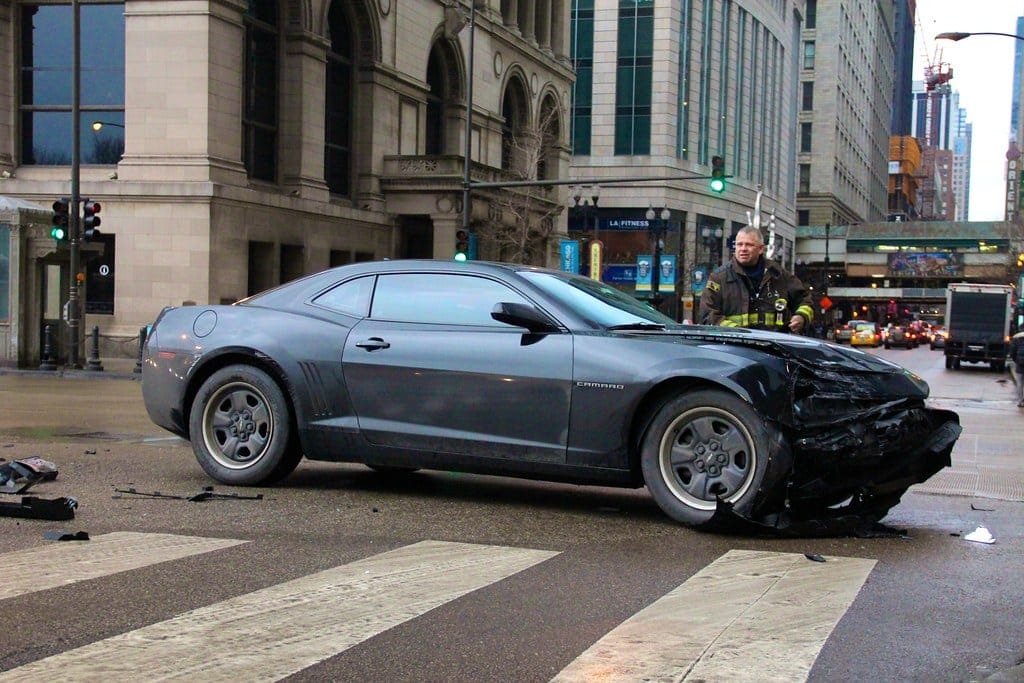In the years since COVID, the auto industry has seen an uptick in uninsured drivers on the road. In fact, as of 2022, the Insurance Information Institute (III) reported that 14% of motorists are uninsured.
That means that approximately 1 in 7 drivers lack the minimum coverage required by law. This is not even including the underinsured segment, or those whose policies are insufficient to cover injuries or damages in an accident. For auto dealers and lenders, this statistic can have major consequences for your business.
Current Trends in Uninsured Motorist Rates
The 2020 pandemic had a major impact on the rate of uninsured drivers in the US, which jumped from 11.1% in 2019 to 13.9% in 2020. Analysts speculate that this spike was driven by several COVID-era trends, including widespread financial hardship and reduced driving for many Americans. As of 2022, the rate stabilized around 14.0%, well above the pre-pandemic baseline.
📰 Want to stay up to date on auto sales and financing?
Check out Auto Finance Insider, a free monthly newsletter with the latest news stories, upcoming industry events, and resources. Don’t miss the next issue – subscribe on LinkedIn now.
Factors Contributing to Uninsured Driving
In general, uninsured driving can increase due to a variety of factors. Researchers credit this latest surge to a few main causes.
Economic Challenges: Many drivers are unable to afford car insurance due to economic pressures, including inflation and rising living costs. This financial strain forces some individuals to prioritize other expenses over maintaining insurance coverage.
Rising Insurance Premiums: Insurance premiums have increased significantly, driven by higher costs of vehicle repairs, medical expenses, and overall claims severity. This has made insurance less affordable for some drivers, leading to an increase in uninsured motorists.
Risky Driving Behaviors: We’ve seen an increase in risky driving behaviors, particularly during low-traffic periods at the height of the pandemic. Speeding and distracted driving have become more common on the road, which can lead to more accidents and claims. This, in turn, has contributed to higher insurance costs, leading to more drivers choosing to go uninsured.
States with the highest uninsured driver rates
While the proportion of uninsured drivers across the US is at a relative high, some states are seeing it to a much greater extent than others. According to the III, the jurisdictions with the highest uninsured motorist rates are:
District of Columbia
25.2%
New Mexico
24.9%
Misissippi
22.2%
Tennessee
20.9%
Michigan
19.6%
States with the lowest uninsured driver rates
In contrast, some states have managed to maintain relatively low uninsured motorist rates. These jurisdictions continue to cite UM rates far below the national average:
Wyoming
5.9%
Idaho
6.2%
Maine
6.2%
Utah
7.3%
Nebraska
7.8%
What Does This Mean for Auto Dealerships?
Auto insurance is legally required for all drivers, with each state imposing its own minimum requirements. That means that selling a vehicle to an uninsured motorist can lead to challenges such as:
- Legal liability: Dealerships could be held liable if an uninsured driver gets into an accident shortly after purchasing the vehicle, especially if they knowingly sold to an uninsured driver.
- Regulatory compliance issues: Many states require proof of insurance to register a vehicle. Selling to uninsured drivers could put dealers at risk of violating regulations.
- Difficulty completing sales: Buyers need proof of valid insurance before they can file for a transfer of ownership. Not having insurance could affect the dealer’s ability to finalize the sale and transfer the title, retaining the risk of loss for both the vehicle and liability.
Risks to BHPH and leasing dealerships
When it comes to auto lenders and leasing companies who have a vested interest in the vehicle, the issue of uninsured motorists can have deeper consequences for your business.
In this case, your customer driving around without coverage exposes your asset to major risk. If they get into an accident that they can’t pay for, your dealership could be left with a huge financial burden – whether in auto repairs or legal fees. With the average collision claim averaging $5,992, this can add up quickly over time.
How to Risk-Proof Your Business
To protect your business from the risk of incurring uncovered damages, you need to be able to identify and avoid uninsured drivers. Unfortunately, that can be more complicated than it sounds.
Some drivers may cancel their insurance shortly after the sale, and the dealership won’t find out until it’s too late. The removed policy gets rid of protection for the vehicle, potentially leading to a full loss for the dealership in the event of an accident. Even if you’re designated additional interest on your customer’s policy, it can take up to 60 days to find out about an update or cancellation.
CheckMy Driver offers automated insurance verification, with the option to set up hands-free monitoring to ensure your customers maintain adequate coverage. If they make any changes or cancel their policy, you’ll receive a notification and your customer will be automatically prompted to reinstate coverage. In the meantime, you can place CPI to fill the gap.
Protect Your Dealership from Uninsured Motorists
The rise in uninsured drivers on the road poses a significant risk for auto dealerships and lenders. Investing in automated insurance verification and monitoring solutions is a key strategy to help you navigate this challenge and ensure your dealership is shielded from the consequences of the uninsured driver epidemic.
Learn more about how CheckMy Driver can help you enforce your auto insurance requirement to keep your assets protected.

